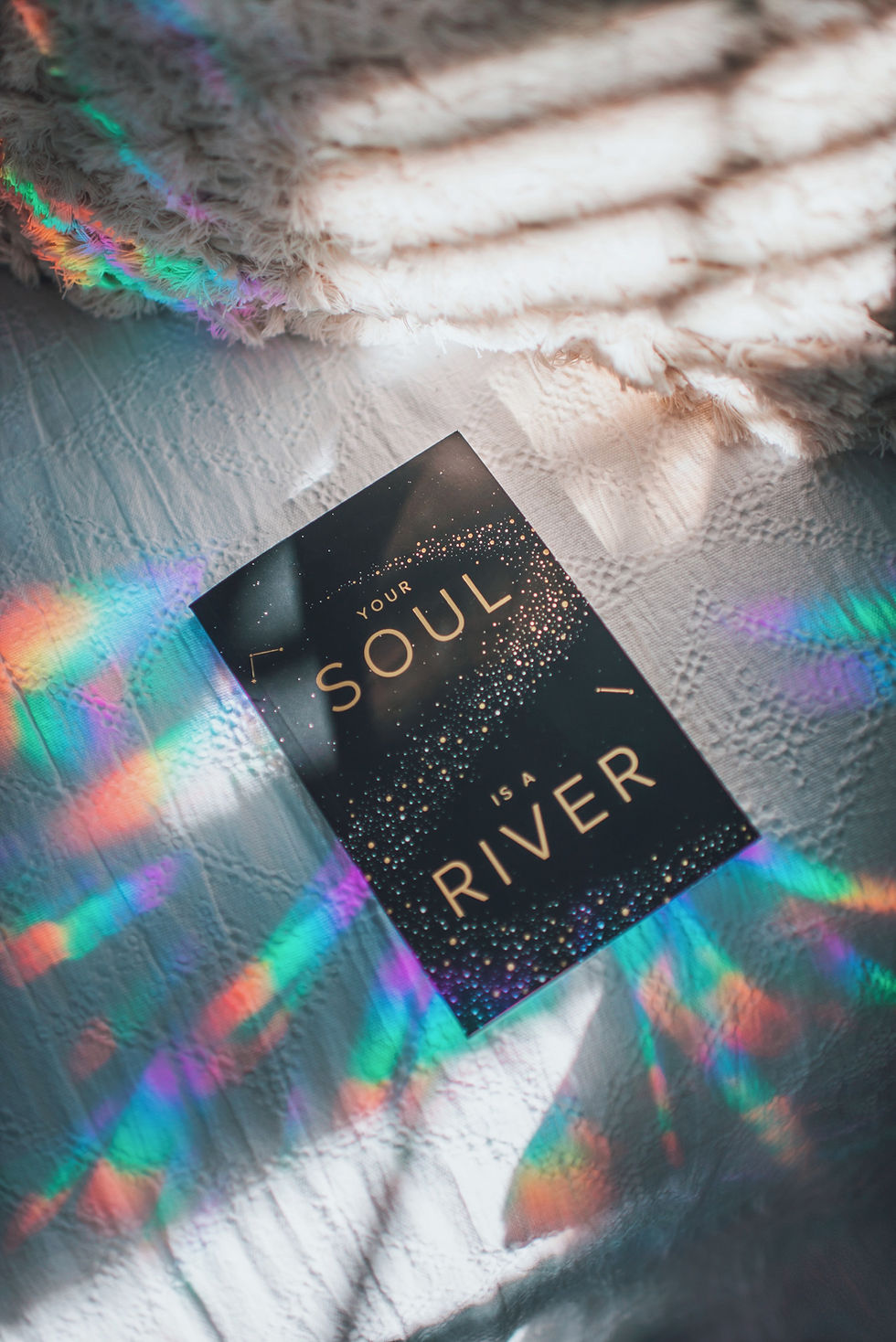
by Samantha Fenton (originally posted on ryanlanz.com)
The right title for your book is incredibly important: It’s what you and everyone else will be calling it the rest of your life. The title is one of the first things people will ask for, and one of the first ways you’ll describe your book. But how do you title this manuscript you have been writing for so long?
My first book existed on my computer in a file called “My Book” until its final draft, when I found a title for it. My second book was similarly referred to as “My New Book” until the beta-reader draft, and my third book’s title was thought up in the brainstorming stage. My point? Let the title of the book come naturally. Sometimes books aren’t ready to be titled until their last draft, and sometimes a title will pop into your mind before you even start writing. The difference between these two is that in one, you let the book find its essence before titling it, and in the other the book may be written according to its title. Both are fine: It just depends on the book.
Examples: In my first ever novel, Rhinos, there was never a brainstorm or a prewrite, so I had no idea what I was getting into while writing it. I ended up writing out a list of possible titles at the final draft stage when I felt I finally had enough material to “find” a title in. I went a similar route for my second novel, but I did this earlier as I felt the book had enough of a finality to it that I could uncover a title. For my third book that I am currently writing, the title came as a part of the brainstorm process, and I feel that this title can really sum up the essence of my character’s struggles and even allow as a sort of “main idea” to come back to if I get stuck. (For those wondering, my second book is titled Sun Protection Factor, and my third will be a part of the phrase “I Know You Are, But What Am I?”).
Your book title should also display the genre of the book. Sun Protection Factor implies more of a science fiction novel, while I Know You Are, But What Am I? sounds like the title of a contemporary YA book. With the genre, not only are we talking about romance vs. horror, but we’re talking about the target age group, too. There’s a reason Stephen King never titled any of his books “Spot the Dog Sees a Ghost.”
Think about your characters. Personally, I’m very big on character-driven stories, and my titles tend to reflect that. Rhinos was titled such because it reflects the metaphors and blunt view of reality my first-person character thinks in. I Know You Are, But What Am I? illustrates what my main characters will be facing internally at the climax of the story.
I know that sometimes it feels like it’s a bit too early, but think about what the title would look like on your book’s cover. Like I said above, I named my book Rhinos because it was blunt: I wanted just one thought-provoking word on the cover. I especially liked Sun Protection Factor because I could display it as an acronym. I Know You Are, But What Am I? could be nice as a sprawling bunch of words over an intriguing picture. It’s just a good idea to think about these things before you commit your heart and soul to a title.
Consider if you want to go more latent or manifest. A more manifest title would be something like Harry Potter and The Sorcerer’s Stone, The Help, or Jurassic Park. These titles are very self explanatory, and may summarize the plot of the story, or just be what the main character/problem/setting is. A latent type of title is like To Kill a Mockingbird, or Of Mice and Men. These titles may be playing on a metaphor in the book, a theme, or simply be more thought provoking as a way to draw readers in.
Finally, your book’s title many depend on if you’re writing a series or not. If you are planning to write a series, contemplate how all of the book titles in your series may play with each other. J.K. Rowling’s Harry Potter books all have the theme of “Harry Potter and the…”, Alexandra Bracken’s The Darkest Minds trilogy titles form a sentence when put together, and Sarah J. Mass’s Throne of Glass series all have titles following the template (Blank) of (Blank). The reason authors use similar titles for books in a series (J.K Rowling and Sarah J. Mass) is to allow for quick reader identification that “these books are all in a series together.” If you don’t want to go the “template title” route for your series, that’s fine, but you do want people to easily understand that “all those books go together.” Alexandra Bracken decided not to do the title template thing, but her series is identifiable 1) Because they make a sentence, and 2) Because the covers all share a similar design theme.
In the end, a title doesn’t need to be the more original or literary thing in the world, but it does need to be something you’d be fine calling your manuscript by for the rest of its life.
P.S. Sometimes, if you get into the traditional publishing industry and manage to land yourself and agent/publisher they’ll urge/insist you change the title of you book to something that is more appealing to the audience. So…yeah, be prepared for that.
Guest post contributed by Samantha Fenton. Samantha lives in Ridgefield, Washington on a beautiful ten acres filled with many beloved pets. Samantha is currently striving to traditionally publish, as well as enjoying her passion for golf.

Comments